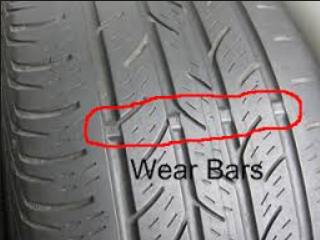Here in New York, yearly inspections are mandatory to keep your car legal and on the road. For a small fee, a shop will go over the basics and deem your vehicle fit or unfit for registration in our state. This process can be a hassle if a vehicle is brought to the shop with looming issues.
In any state that requires inspections, failure is a disappointing and sometimes costly option. Before bringing a vehicle in, make sure you've checked these four items before accidentally inspecting a non-compliant car.
Lightbulbs
Bulbs are a cheap way to earn a fail in my home state. If the shop is nice, they'll call and quote you on replacement before failing the vehicle, but I've noticed this isn't the norm. Do a walkaround with a helper in the car to check that every single bulb on the vehicle is functional, including marker lights and high beams. Keep in mind FCP Euro offers a Lifetime Replacement Guarantee on everything including light bulbs.
Horn
Without a functioning horn, there is no way to alert other drivers of imminent danger. (Or tell them to get out of your way) A faulty horn can be a simple wiring fix, or an expensive airbag clockspring in the steering column. If it doesn't work, give the horn(s) a visual inspection, then Google it.
Check Engine Light
An illuminated Check Engine Light is an insta-fail. In some states, the CEL is the only "Emissions" test performed. If a vehicle is emissions-compliant in New York, the CEL will be off. It's that simple. (California is a different story) If there is an issue that could be contributing to reduced emissions compliance, it will illuminate. Don't even bother getting an inspection unless you've fixed the light - you'll fail, and the fix could be as easy as a vacuum leak or oxygen sensor.
Tread Depth

2/32" is the minimum tread depth to pass inspection in most states, and this is typically where the "wear bars" of a tire will start. However, this does not mean a tire is safe all the way down to 2/32" of tread. In adverse weather, even a worn snow tire at 3-4/32" will lack the tread depth to properly grip the road in the snow (or even rain).
By checking all of these items before heading out to pay for an inspection, you're greatly increasing the odds of passing. Other items checked during a state inspection can involve taking the wheels off and checking suspension/brake components, as well as measuring the vehicle's exhaust gasses to test emissions. Fix the easy stuff yourself and it can save the time of having to bring a vehicle back twice.











